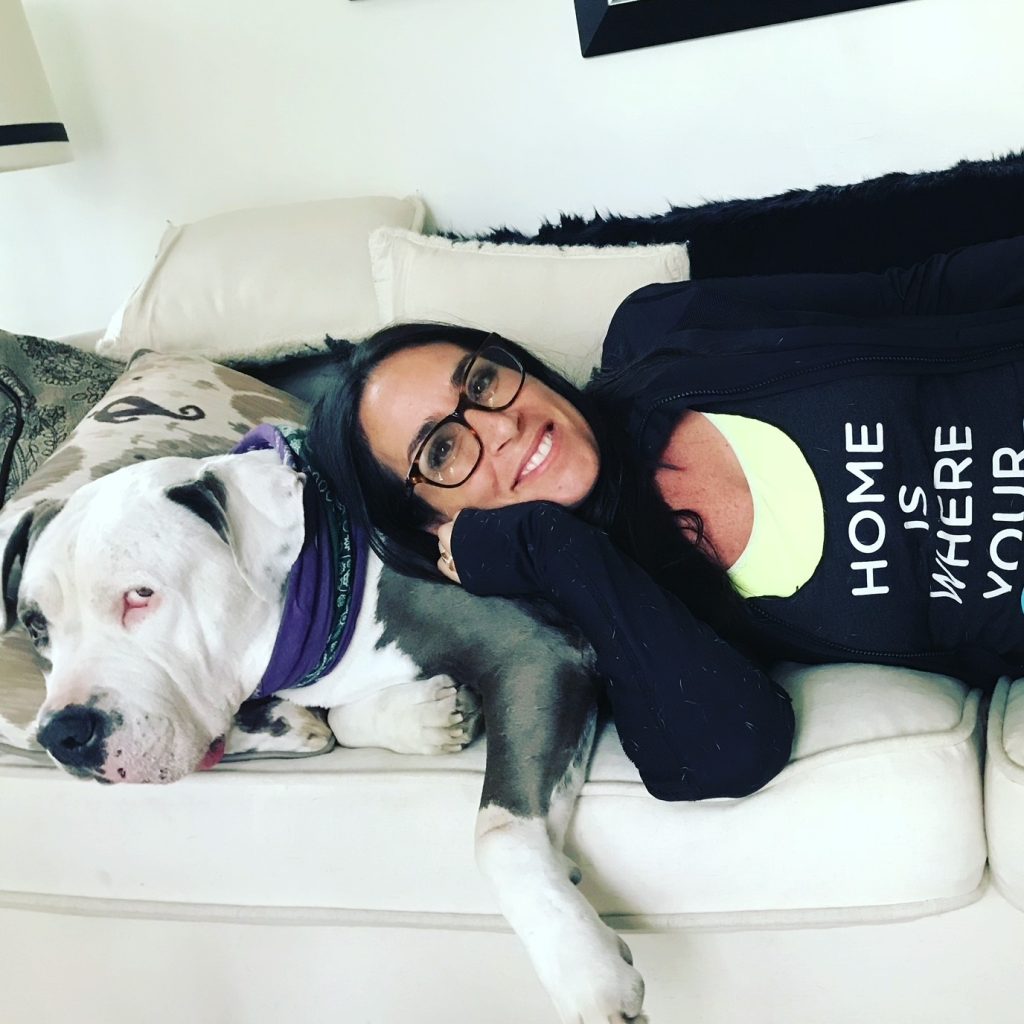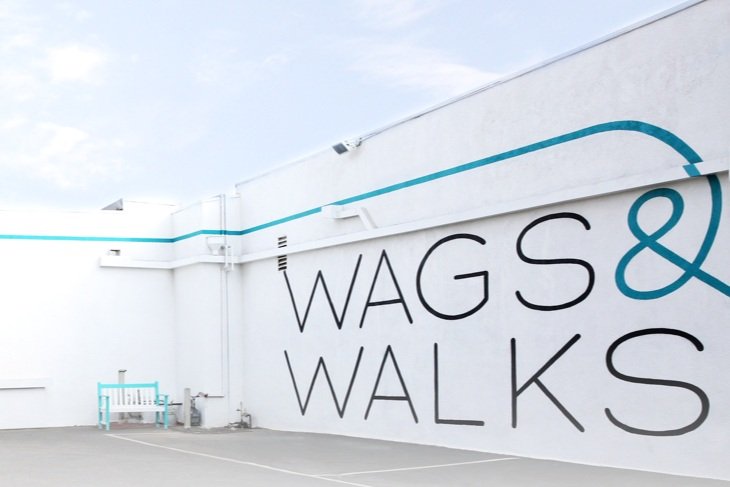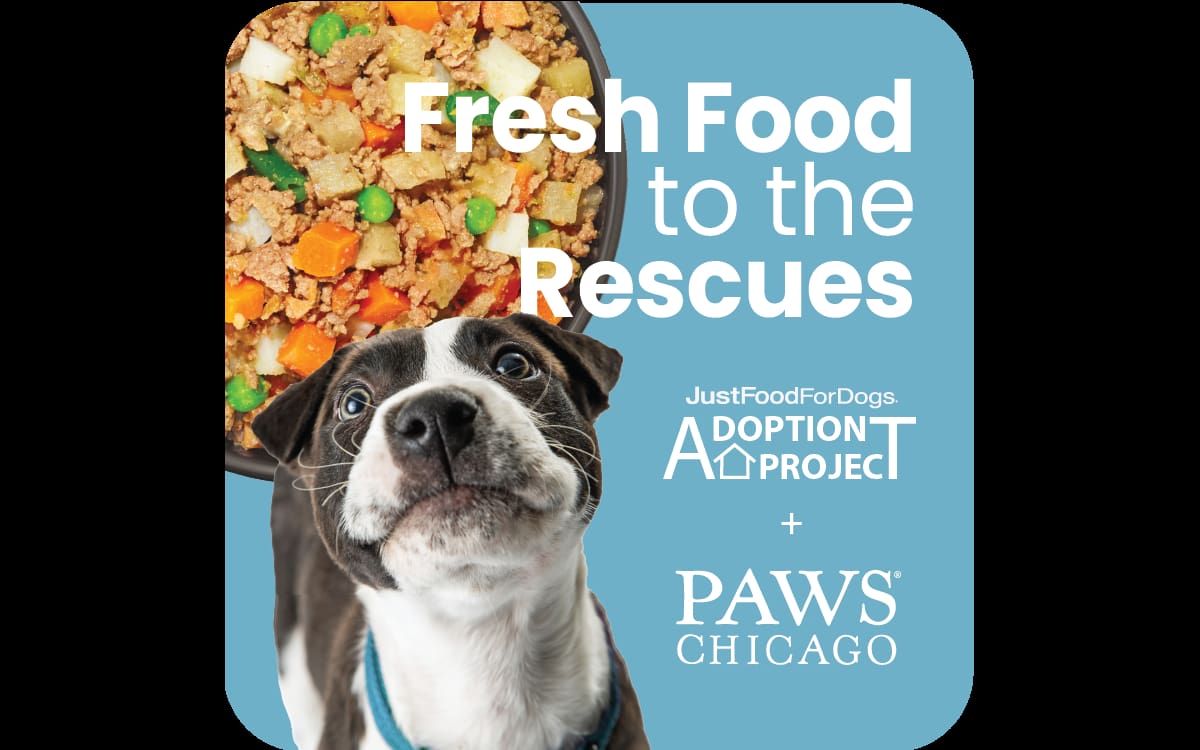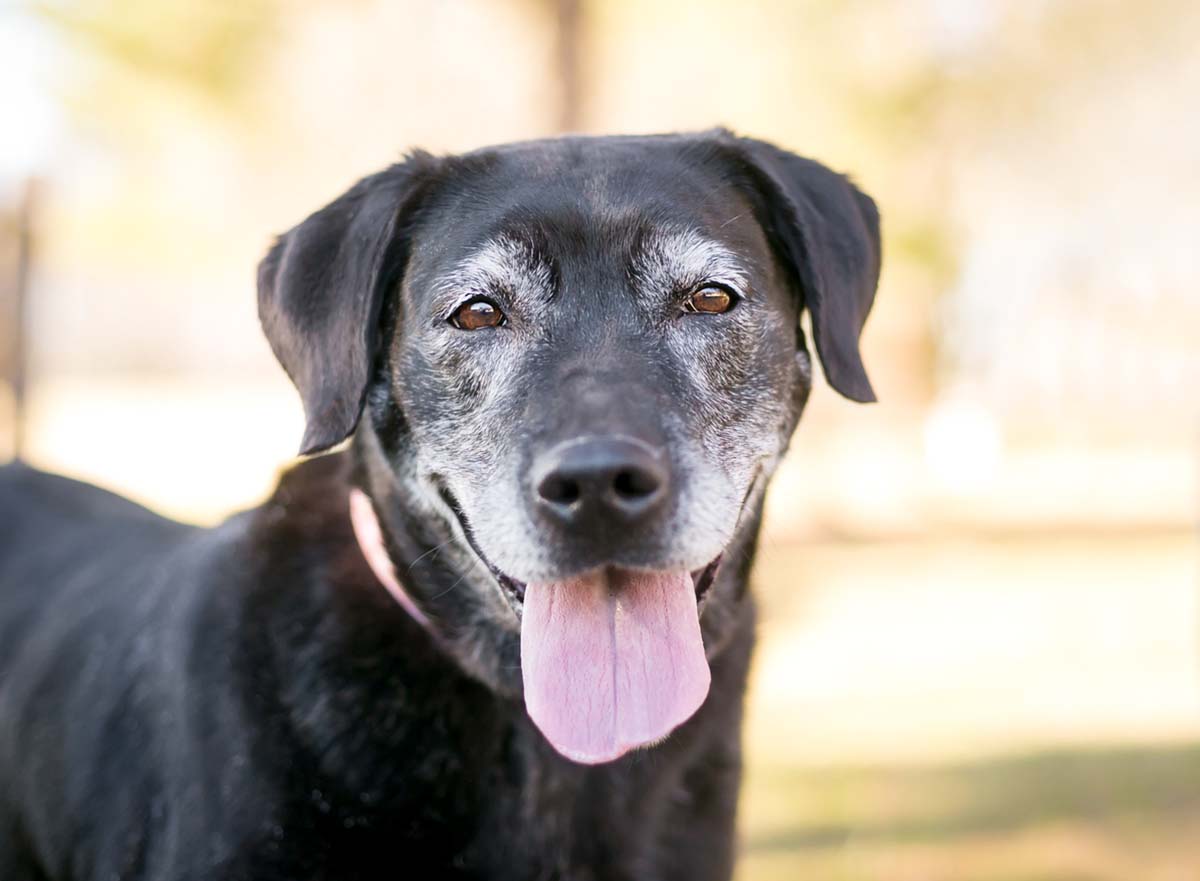AP Rescue Partner Spotlight: Wags & Walks
Lesley Brog talks about the current issues plaguing the rescue world, as well as how Wags and Walks is approaching the issue a bit differently.
By Natalie Lykins
The Wags & Walks rescue center feels like a community clubhouse for dog lovers. It is an environment of like-minded people who all believe in one thing: rescue dogs are the best dogs in the world. I sat down with the number one dog lover, Lesley Brog, to talk about the current issues plaguing the rescue world, as well as how Wags and Walks is approaching the issue a bit differently.
Wags & Walks is such a welcoming place. As soon as you walk in, you can’t help but feel happy. Your 4,000 square foot adoption center is, what I would consider, a rescue “community center”. Was that the original intent for its design?
Absolutely. It was built with the intention of making the community feel welcomed. They can come there for any reason whatsoever. We wanted to introduce rescue in a different light and have it showcased in a bright, loving, warm environment so people could envision that rescue dogs are the best dogs in the world, and they can fit right into their living room, or any room of their home. It was definitely intentional. Every square inch of the adoption space is intentional.
You founded Wags & Walks in 2011, and since then have saved over 11,500 dogs, my dog being one of them. I was so impressed by your team and the adoption experience as a whole. I told them exactly what I was looking for, and they matched me with my very best friend. Can you talk about how you created such a successful process?
It’s a hard question. I think the same way I choose a temperament in a dog, I feel like I have chosen people to surround me and to help the rescue grow. The people who are in the positions really do care deeply and want to see these dog placed with the right people so they can be successful. It is as important to them as it is for me. That is what creates such a special environment, and such a caring and thoughtful process for adoptions.
People comment on how sweet and well behaved my dog is all the time. For some reason, they are always shocked when I tell them I rescued him. Why do you think there is such a large misconception about the types of dogs that come from shelters and rescues?
I ask myself that every day. I think it has definitely gotten better over time, at least in my 12 years of experience. But there is still a large portion of the community that believes in the stigma that dogs are at shelters because something is wrong with them. My goal in life, and with Wags & Walks, is to continue to open up that conversation to people. Especially children. Start them young and educate them that 99% of the time it is the humans that could not take care of them or did not spay or neuter them. We can do our part by showcasing them, saving them and placing them with people like you, in loving homes. You then promote on your end and that is an extension of the work we do here.

It is a difficult time to be in the rescue arena. The pools of volunteers and fosters are drying up, while dogs and puppies are flooding in. What factors do you believe brought us to this point?
Another thing I think about every day. I think it is the perfect storm of things. There is a veterinarian shortage and a lack of lower cost clinics. There is economic instability, and people can’t afford it or fear they can’t afford it. I think a lot of people got dogs during covid, but I don’t think that is actually the problem. I do think a lot of people bought dogs during covid, and I’m not quite sure why it feels like we have gone backwards in that regard.
It just feels like a perfect storm of things, and now, like you said, the shelters are fuller than I have ever seen in my 12 years, and the adoptions are lower than I have ever seen. At Wags & Walks we don’t like to just accept that passively as the status quo. We are here trying to change the script and really flip it. We want to figure out what people want to hear or see to change the conversation.
In 2019 you expanded the Wags & Walks pawprint to Nashville. What led to that decision? What are the challenges there compared to Los Angeles?
It was a little bit by accident to be honest. We had Kathryn, who I trained for years. She truly learned every system, and then she had to move to Nashville. When she got there, she went to her local shelter and saw unbelievable amounts of family-friendly dogs who were not being saved or adopted. She called me and asked if she could start up an offshoot of Wags & Walks there. I had no reason to say no. There are some rescues out there, but I think that we are a little different, in that we choose dogs based on temperament only. Because of this, we end up choosing a lot of big dogs, pit-bull type dogs, and pregnant dogs, so she really grew rapidly. She had a lot of people willing to foster and adopt, and there is a lot of land there. Those are the good things. The challenges they face there are the same as everywhere else. We are trying so hard, but people are still breeding and abusing them. People just aren’t taking it seriously when they get a dog. It’s just so hard to wrap your head around that, but it’s happening everywhere.
One thing I have personally noticed over the last few years is the sheer number of purebred dogs and puppies finding themselves in shelters. Does this ring true for Wags & Walks? Is there a reason or a pattern that you can see?
The one thing I think that has contributed to it is that a lot of people bought dogs in covid. That is obviously when everyone was home, and everybody had time. Then life got back to normal. The reality is that you have to leave your dog to go to work, and maybe that dog wasn’t used to being left alone, ever. So, there are going to be some issues that you have to be mindful of, and it might cost you going to a trainer, or spending time addressing those issues. I think a lot of people found it easier to drop their dog at a shelter than to work with them.
One of the largest expenses for rescue organizations, outside of medical costs, is food. What has the JustFoodForDogs Adoption Project partnership meant for your facility? Has access to fresh food meals made a difference for the pups at Wags & Walks?
Oh, definitely. I notice our dogs getting more excited than they have ever been about getting a meal. We are seeing a lot more dogs that come in with skin issues improving quicker, after just a few weeks. Their behavior improves, like they are feeling better. Not having to worry about an expense that is very large, especially for a group like us, that saves up to 150 dogs at a time, means we can really focus on the issue at hand: saving the dogs. It has been, all around, a wonderful partnership.
With the Nashville expansion, and your recent “Pup-Up” rescue event in the Hamptons, I am very excited to ask, what does the future hold for Wags & Walks?
I’m glad you’re excited. You know, it just feels like we are making such a big footprint, nationally at this point. My goals are always to keep the teams happy where they are and strengthened. As we grow, we have to reconsider everything all the time, like how we share our stories, how we are being promoted, and the dogs’ health and wellness. I think I’m always focused on the here and now.
Being in New York and being in Nashville has taught me that there is a need everywhere to highlight rescue dogs as the best dogs in the world. So, I am open to possibilities. As far as New York goes, this year we were there for six weeks. Next year we will be there for eight weeks. We partnered with a lot of shelters there that need our help, and I am thrilled to be able to do that. I think Wags & Walks has changed a lot about rescue, in that we make it a cool thing to do. A hip thing to do. We have a creative approach to rescue. I would love to see that spread to the rest of the country, because it works.
For more information on how you can support Wags & Walks, please visit www.wagsandwalks.org
Follow the on social media @wagsandwalks
Natalie Lykins is the manager of the Adoption Project. She has an extensive history in animal care, having volunteered with many rescue organizations since her early teens, and previously worked at a vet clinic. She has found her true mission at JustFoodForDogs and, according to her, would not want to be doing anything else.








